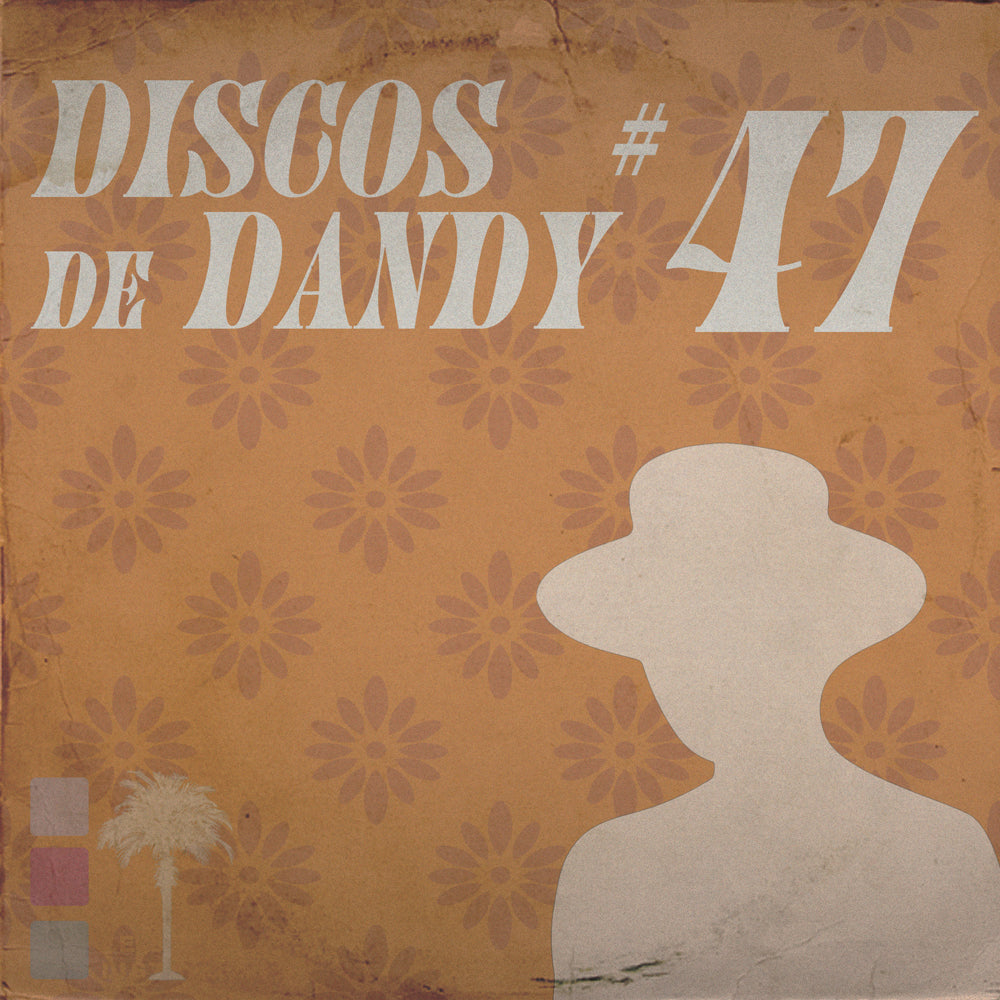Italy in August feels like a world unto itself, a time when the streets quiet down, and the beaches burst into life. Restaurants close, shops lock their doors, and for a few weeks, the Italians disappear. If you’re unfamiliar with the ritual, it may seem odd—especially in the height of the tourist season. But everything makes sense once you understand the cultural cornerstone that is Ferragosto, a holiday celebrated on August 15th with roots that dig deep into Italian history.
Ferragosto, or the “Feriae Augusti,” traces its origins back to the first Roman Emperor, Augustus, who established the holiday in 18 BC. The month of August, then as now, marked the end of a grueling agricultural season. The festival was Augustus’ gift to the Roman people, a time for rest and celebration after the hard work of harvesting. Initially, Ferragosto wasn’t just a one-day affair but spanned the entire month, with festivals, feasts, and a notable focus on female deities and the concepts of fertility, health, and abundance. It was a month to celebrate, to feast, and to offer thanks to the gods, particularly those that represented life-giving forces.
In ancient Rome, August was full of feasts. The fifth day of the month honored Salus, the goddess of health. On the 13th, Diana, the goddess of the hunt, had her day of celebration. The month concluded with a tribute to Opis, the goddess of fertility, on the 25th—a holiday attended only by the Vestal Virgins and the Pontifex Maximus. This focus on fertility and the natural cycle of life threaded through the whole month, a time to give thanks for the bounties of the earth and to celebrate life itself.
Fast-forward to more recent centuries, and August still holds its cultural sway. The Catholic Church, recognizing the deep cultural roots of these celebrations, rebranded Ferragosto in the 5th century as the Assumption of the Virgin Mary, a significant religious holiday that aligned neatly with the pre-existing August festivities. The religious procession honoring the Virgin Mary became a central aspect of the day, with towns and villages across Italy putting on processions, feasts, and fireworks in her honor. It was a symbolic continuation of the ancient Roman festivals, though now in a new context. Even today, the Assumption remains a pivotal event of the Italian summer.
The Italian summer itself, in many ways, feels like a continuation of these ancient rhythms. In the south of Italy, August is a time for endless feasts, with every town and village hosting festivals that celebrate local saints, food, and community. You can smell grilled meats and fried treats wafting through the air at dusk as locals gather to eat, drink, and dance well into the night. The celebrations feel ancient, even timeless, as they draw on traditions that have been practiced for centuries. Though the names of the gods have changed, the spirit of these festivals—rest, abundance, and joy—remains the same.
Ferragosto also marks the peak of the Italian vacation season. The beaches of the Amalfi Coast, Sardinia, and the Italian Riviera fill with locals and tourists alike, soaking up the sun in a tradition that goes back generations. Towns like Sabaudia, originally developed for agricultural purposes, have become beachside escapes for Romans and Neapolitans looking to flee the city’s oppressive summer heat.
For many Italians, Ferragosto is not just a holiday—it’s a state of mind. It’s a time to relax, reconnect with loved ones, and revel in the simple pleasures of life: good food, good company, and the sea.
Today, the August exodus is a national pastime. The country slows down, and it’s not unusual to hear more English than Italian in the quieter streets of Rome, Milan, or Florence as locals head to the mountains or coast. Ferragosto may have shifted and evolved over millennia, but its core remains a celebration of life’s fundamental joys: rest, renewal, and revelry.
For those who find themselves in Italy in August, Ferragosto is an invitation to slow down. It’s a time to leave behind the rush of everyday life and surrender to the languid pace of summer. There’s a certain magic in knowing that for centuries, people in these lands have paused in this very way—to feast, to celebrate, to bask in the sun and embrace the beauty of summer.
Though the origins of Ferragosto are ancient, the spirit of the holiday is alive and well in modern Italy. It’s a month of festivals, food, and joy—a cultural treasure that Italians have preserved and cherished for over two millennia. The ancient Romans may have celebrated it first, but the modern iteration remains just as vital, a month to revel in the warmth of life and the traditions that make Italy unique.




Share:
LEISURE LETTER 94: DISOCS DE DANDY #44
LEISURE LETTER 96: DISCOS DE DANDY #45